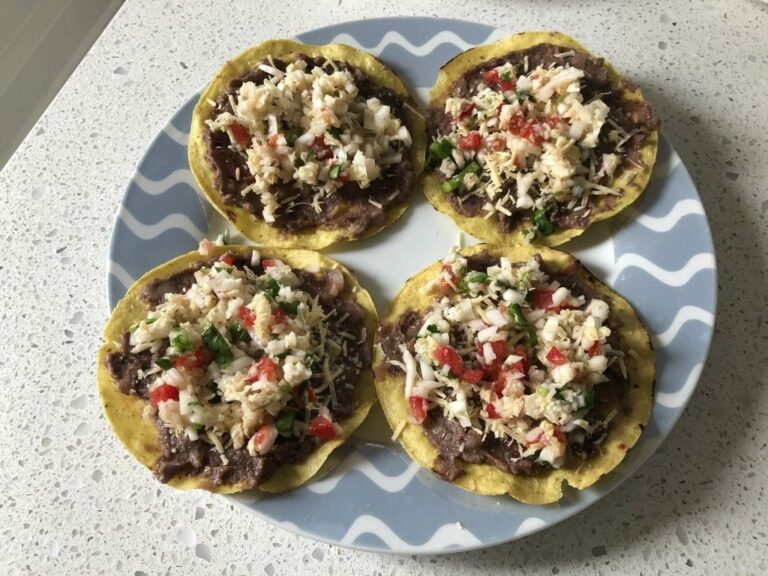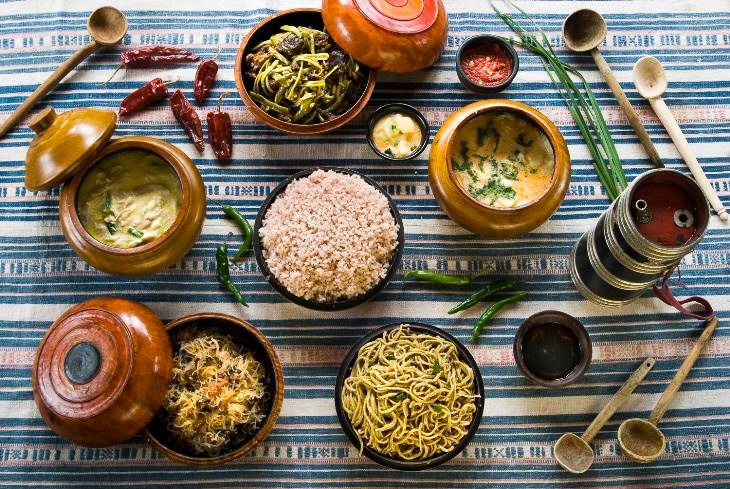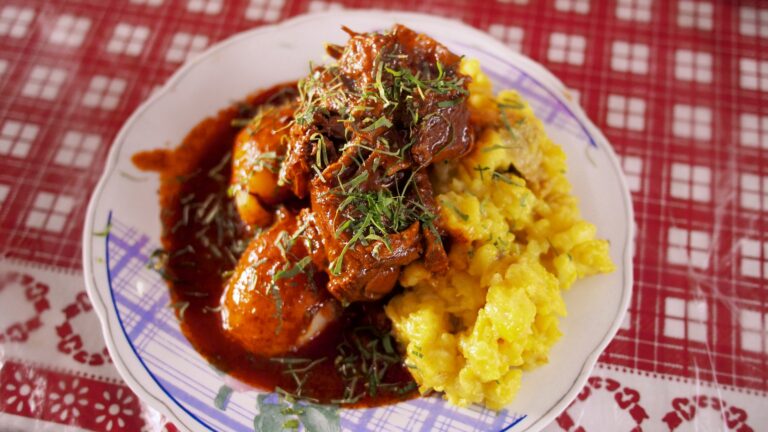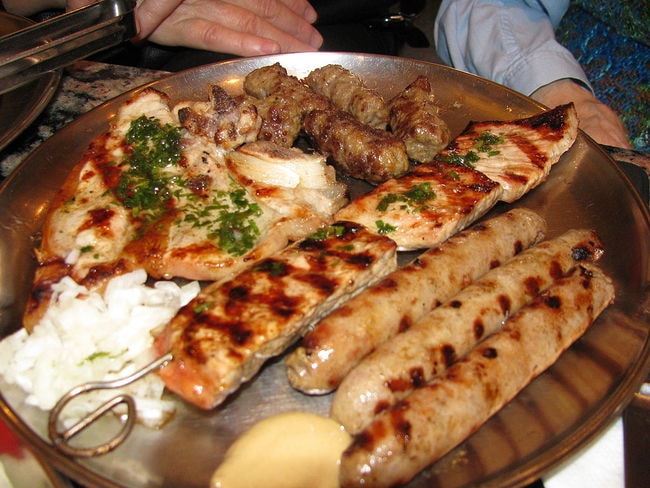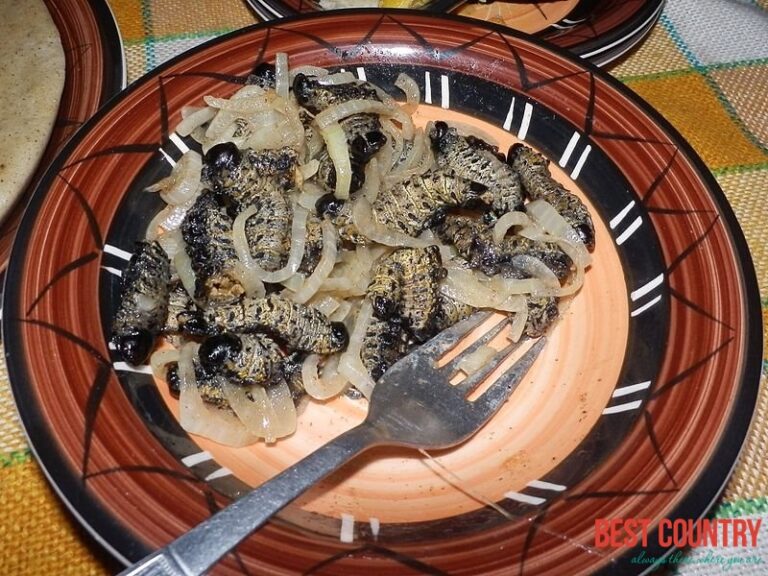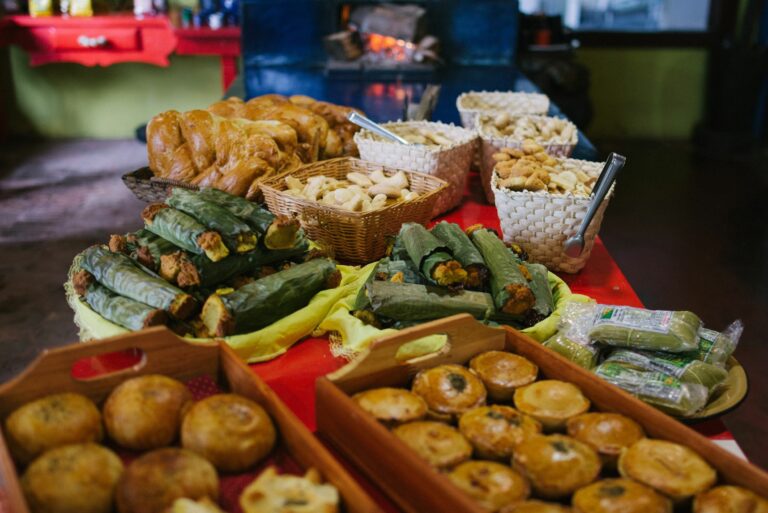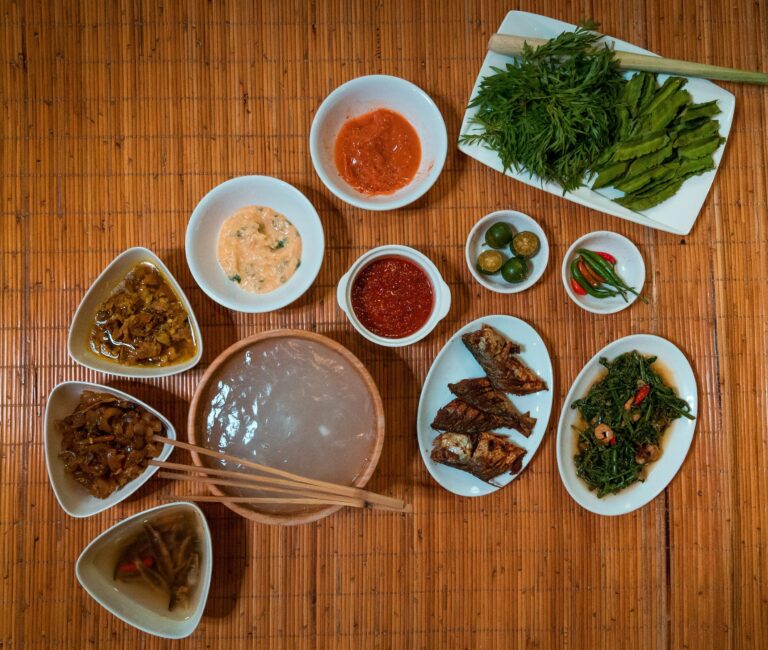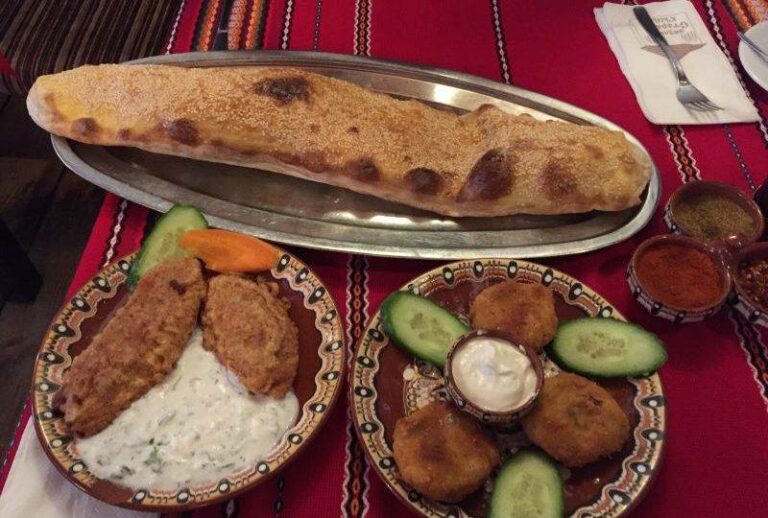Introduction: Belgian Cuisine and Vegetarianism
Belgian cuisine is famous for its delicious and hearty dishes, featuring meat, seafood, and dairy products. However, with the growing trend of vegetarianism and veganism in many countries, it is natural to wonder if there are any vegetarian options in Belgian cuisine. In this article, we explore the vegetarian challenge in Belgian cuisine and highlight some of the vegetarian-friendly dishes and restaurants in the country.
Belgian Cuisine: A Meat-Lover’s Paradise
Belgian cuisine is known for its love of meat, such as beef, pork, and rabbit. Some of the most popular dishes in Belgian cuisine include moules-frites (mussels and fries), carbonade flamande (beef stew), and waterzooi (chicken or fish stew). Even the famous Belgian waffles are usually served with whipped cream or ice cream.
The Vegetarian Challenge in Belgian Cuisine
Given the prevalence of meat in Belgian cuisine, it may seem challenging to find vegetarian options. However, with a bit of creativity and adaptation, it is possible to enjoy Belgian cuisine as a vegetarian. One challenge is that many traditional Belgian dishes contain meat broth or lard, which are not vegetarian. Another challenge is that some vegetarian dishes in Belgium may have hidden non-vegetarian ingredients, such as gelatin or animal rennet.
Vegetarian-Friendly Belgian Dishes
Despite the challenges, there are several vegetarian-friendly dishes in Belgian cuisine. For example, Stoemp is a dish made of mashed potatoes and various vegetables, such as carrots, spinach, and kale. It is a hearty and satisfying dish that is often served with a vegetarian sausage or seitan. Another vegetarian-friendly dish is the classic Belgian dish of tomato-filled tomatoes, which can be made with vegetarian mince or quorn.
Belgian Vegetarian Classics
There are also some traditional Belgian dishes that have vegetarian versions. For instance, instead of beef, a vegetarian version of carbonade flamande can be made with seitan, mushrooms, or tofu. Waterzooi can be made with vegetables or tofu instead of chicken or fish. And instead of mussels, one can enjoy a vegetarian version of moules-frites with fried or grilled vegetables.
Vegetarian Belgian Street Food
If you are a fan of street food, you can also find some vegetarian options in Belgium. For example, fries (or frites) are a popular street food in Belgium and are usually vegetarian. Another popular street food is the waffle, which can be enjoyed with vegetarian toppings such as fruit, chocolate, or whipped cream.
Vegetarian-Friendly Restaurants in Belgium
There are also several vegetarian-friendly restaurants in Belgium, especially in the big cities such as Brussels, Antwerp, and Ghent. Some popular vegetarian restaurants in Brussels include Peas, VeganWaf, and Green Kitchen. In Antwerp, you can try out Le Pain Quotidien, Lombardia, or De Broers van Julienne. In Ghent, some popular vegetarian restaurants are Komkommertijd, Avalon, and De Frietketel.
The Future of Vegetarianism in Belgian Cuisine
In conclusion, while Belgian cuisine may be a meat-lover’s paradise, there are several vegetarian-friendly dishes and restaurants to explore. With the growing trend of vegetarianism and veganism, it is likely that more vegetarian options will be available in Belgian cuisine in the future. So, if you are a vegetarian or vegan, do not hesitate to give Belgian cuisine a try!


